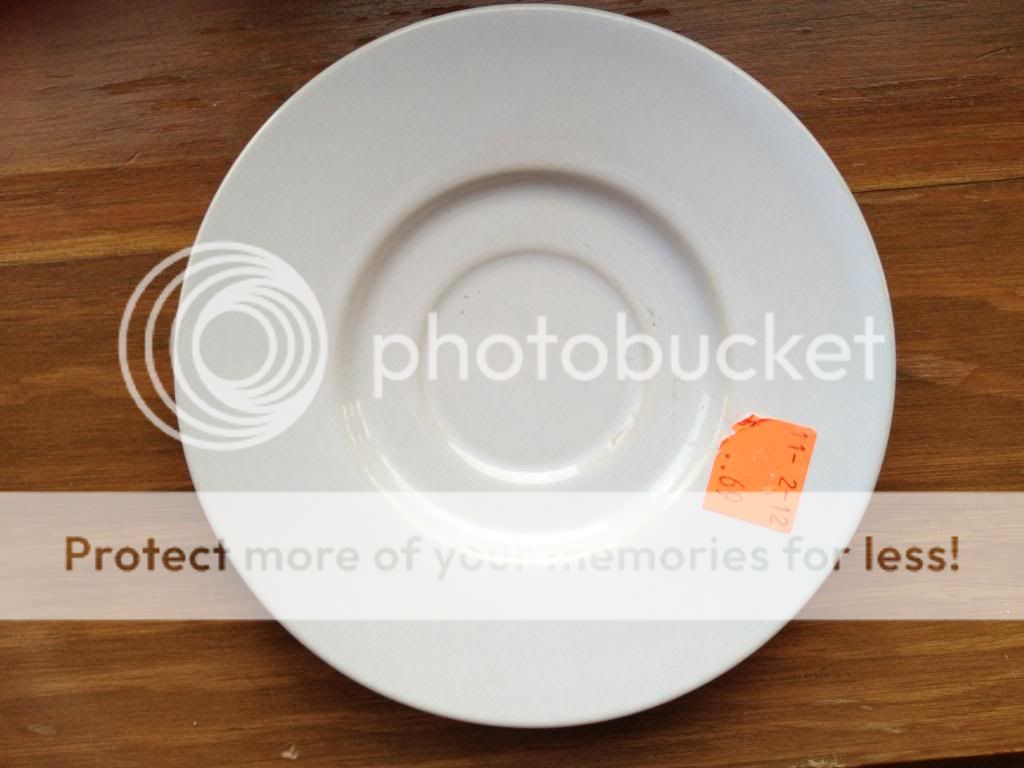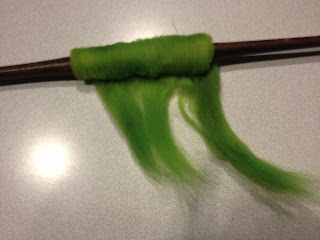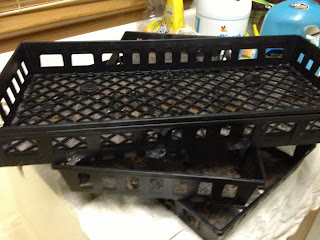In case you had not noticed, I am obsessed with supported spindles lately. Spindling in general, and supported spindles in particular. The process of spinning on them is very efficient and I like being able to sit and spin anywhere. I like drop spindles because I can stand up and walk around while spindling and posturally that is better. But being able to sit and spin is also nice.
There are some supported spindle makers whose spindles are prized and availability is limited because their spindles sell out as soon as they are listed. I have been fortunate in the past few weeks to catch a couple of these updates and succeed in snatching up a spindle or two.
Yesterday, one of these arrived from Tasmania. The maker is Malcolm Fielding and my style of spindle is called the dervish.
The shaft is a manufactured wood called Dymondwood to ensure that it is straight and doesn't warp. The whorl is made of silky oak and I think it is beautiful.
Malcolm sent along some Tasmanian Corriedale with it and I couldn't resist starting to spin. The fiber is luscious. It is silky and drafts like butter.
I also stopped at Goodwill and found this nice solid saucer for $0.69. I actually paid $0.67 because I am over 55. It is heavy so will sit firm while I spin on it. The spider bowl that I was using makes noise as the disco balls on my trindle hit it. So it will be good for the other spindles. I like spinning supported spindles on my leg but the trindle is also very sharp so if I am wearing a softer material on my legs, it pokes through and hurts. Jeans work very well for spinning without discomfort but other pants don't. This saucer will be perfect for the trindle.
Over the weekend, I will show you my newly enlarged spindle stable so you can see how far down the rabbit hole I have fallen.
There are some supported spindle makers whose spindles are prized and availability is limited because their spindles sell out as soon as they are listed. I have been fortunate in the past few weeks to catch a couple of these updates and succeed in snatching up a spindle or two.
Yesterday, one of these arrived from Tasmania. The maker is Malcolm Fielding and my style of spindle is called the dervish.
The shaft is a manufactured wood called Dymondwood to ensure that it is straight and doesn't warp. The whorl is made of silky oak and I think it is beautiful.
Malcolm sent along some Tasmanian Corriedale with it and I couldn't resist starting to spin. The fiber is luscious. It is silky and drafts like butter.
I also stopped at Goodwill and found this nice solid saucer for $0.69. I actually paid $0.67 because I am over 55. It is heavy so will sit firm while I spin on it. The spider bowl that I was using makes noise as the disco balls on my trindle hit it. So it will be good for the other spindles. I like spinning supported spindles on my leg but the trindle is also very sharp so if I am wearing a softer material on my legs, it pokes through and hurts. Jeans work very well for spinning without discomfort but other pants don't. This saucer will be perfect for the trindle.
Over the weekend, I will show you my newly enlarged spindle stable so you can see how far down the rabbit hole I have fallen.
























































